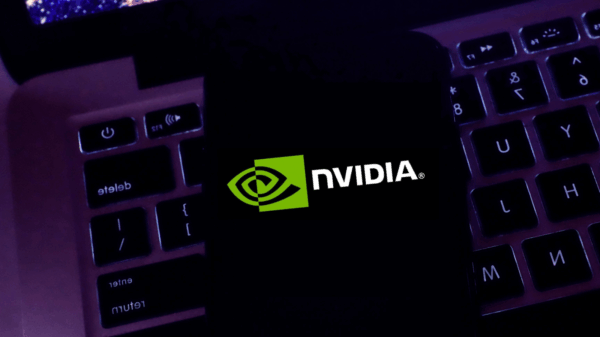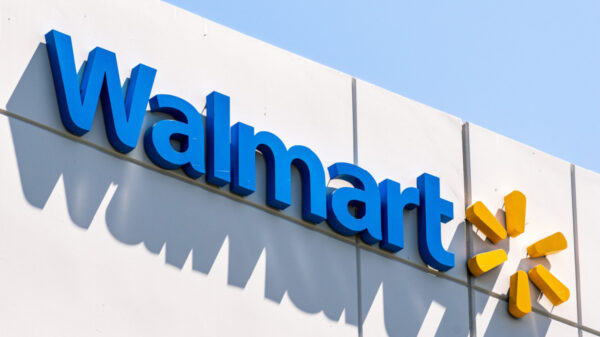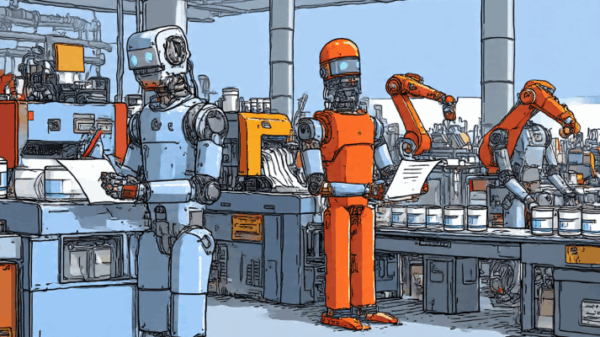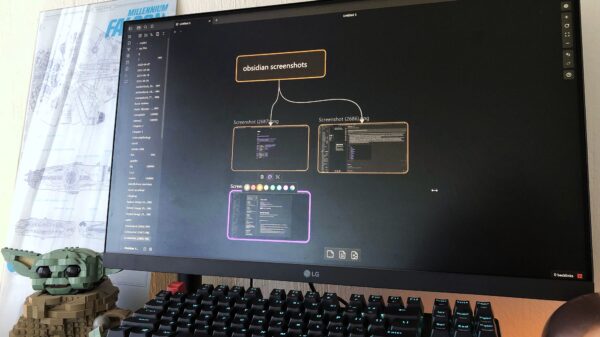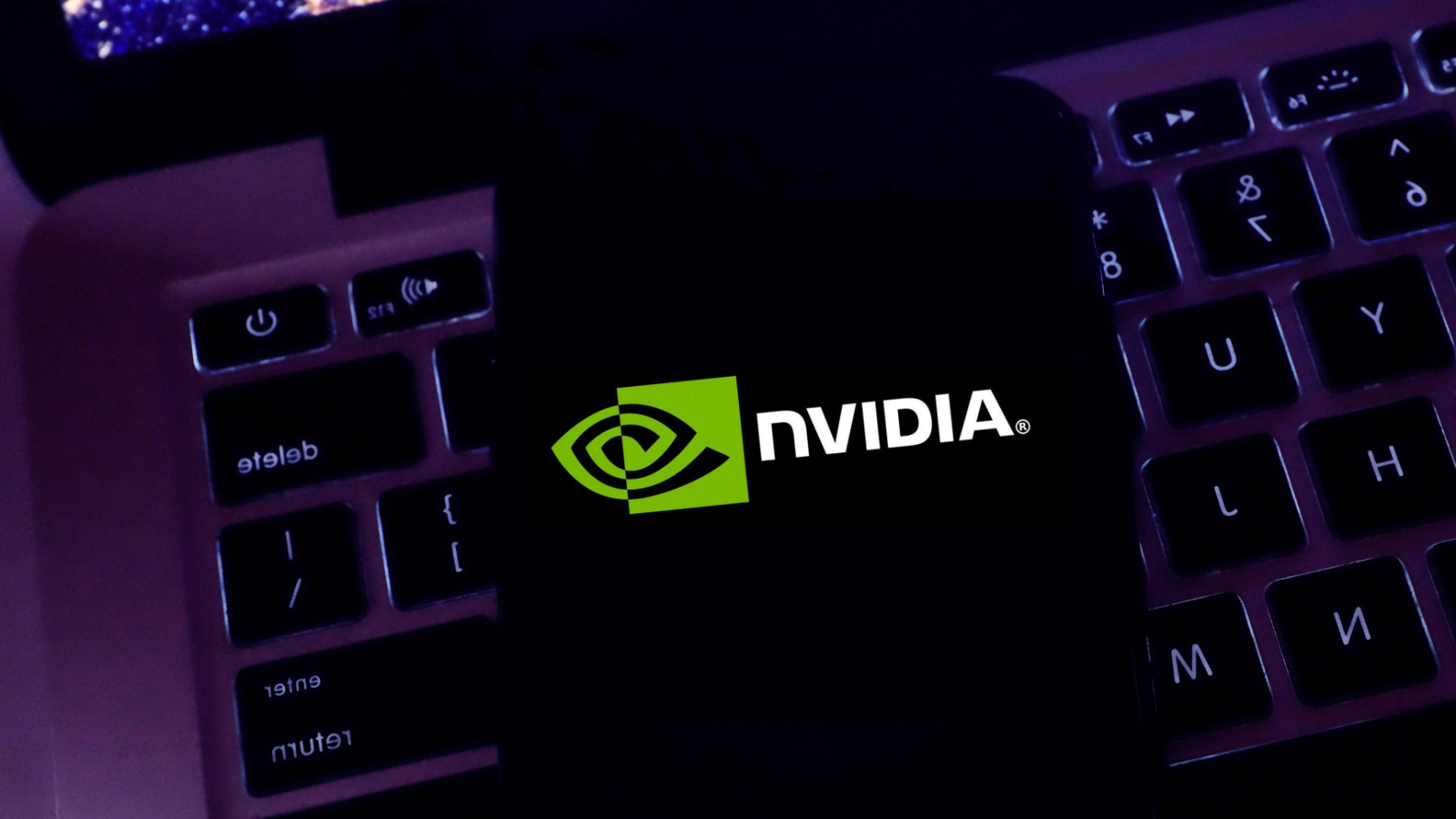Investors experienced volatility on Wall Street following a mixed response to Nvidia Corp.’s (NVDA) latest earnings report. While Nvidia’s performance initially boosted market confidence, gains quickly reversed, reflecting ongoing uncertainties in the tech sector and the broader economy.
Nvidia released its earnings on the evening of September 28, 2023, surpassing Wall Street’s expectations and alleviating concerns about the sustainability of the artificial intelligence (AI) boom. The company reported revenues of approximately $65 billion for the current quarter, significantly higher than analysts’ predictions of $62.1 billion. This positive outlook was underscored by a robust performance in the data center segment, which generated about $51.2 billion, signaling strong demand for AI infrastructure.
Nvidia’s CEO, Jensen Huang, emphasized the company’s optimistic view of the AI landscape, stating, “We’ve entered the virtuous cycle of AI. AI is going everywhere, doing everything, all at once.” The company also highlighted a 32% annualized increase in automotive and robotics sales, further reinforcing its growth trajectory.
Despite the strong earnings report, the market’s initial enthusiasm waned. After an early surge, Nvidia’s stock turned negative, reflecting broader market trends. The S&P 500, Dow, and Nasdaq all experienced declines, suggesting that investor sentiment remains cautious. Many are beginning to question the long-term viability of high valuations in the tech sector, even in light of Nvidia’s impressive results.
Compounding these uncertainties, the Bureau of Labor Statistics released its September jobs data, indicating that the U.S. economy added 119,000 jobs, a figure that exceeded expectations. Analysts had anticipated a much lower gain of 50,000 jobs. However, the unemployment rate did rise to 4.4%, the highest level since October 2021. Most job gains were concentrated in healthcare and restaurant sectors, suggesting uneven recovery across the labor market.
Market analysts are now reconsidering potential implications for the Federal Reserve’s interest rate decisions. While the strong job growth suggests resilience in the economy, the rising unemployment rate has some traders speculating that it may prompt the Fed to consider interest rate cuts. The probability of a rate cut in December has increased from approximately 30% to 42% following the jobs report.
As the market digests these mixed signals, experts like Eric Fry, editor of Fry’s Investment Report, are advising caution. He highlights the widening wealth gap driven by technology, a phenomenon he refers to as the “Technochasm.” This division is increasingly evident as a small number of tech employees and investors reap the rewards of the AI boom, while many average workers struggle.
Fry points to Nvidia’s own workforce as an example, noting that nearly 50% of its employees are worth over $25 million, while about 80% are millionaires. In contrast, nearly 42 million Americans, or roughly 12% of the population, rely on the Supplemental Nutrition Assistance Program (SNAP).
Given these trends, Fry urges investors to reconsider their strategies. He suggests a focus on undervalued sectors, particularly healthcare, where valuations are at historic lows relative to the S&P 500. For instance, Pfizer Inc. (PFE) is currently trading at a significant discount, and Fry believes that companies like Bristol-Myers Squibb Co. (BMY) also present attractive investment opportunities.
In conclusion, while Nvidia’s earnings initially sparked optimism on Wall Street, the subsequent market fluctuations indicate a deeper uncertainty regarding the future of tech valuations and economic health. As investors navigate these challenges, sectors like healthcare may provide a more balanced investment approach, potentially offering stability amid a tumultuous market landscape.
















